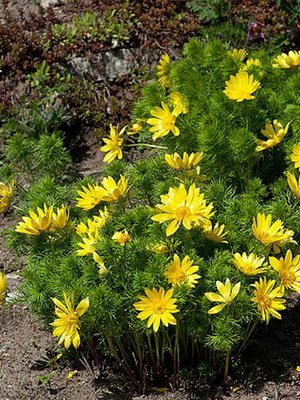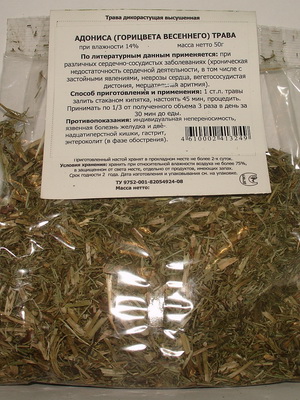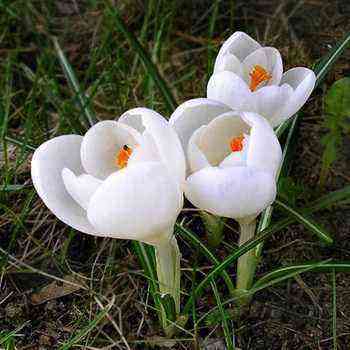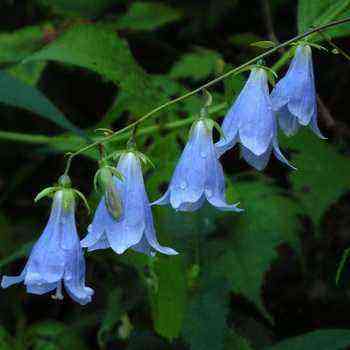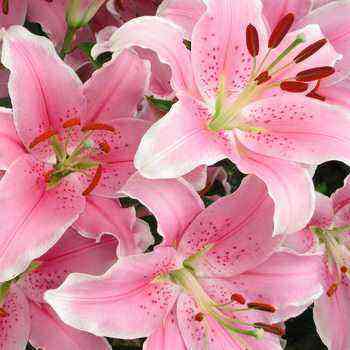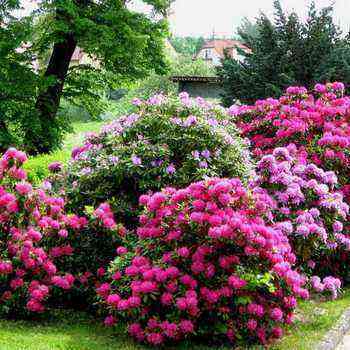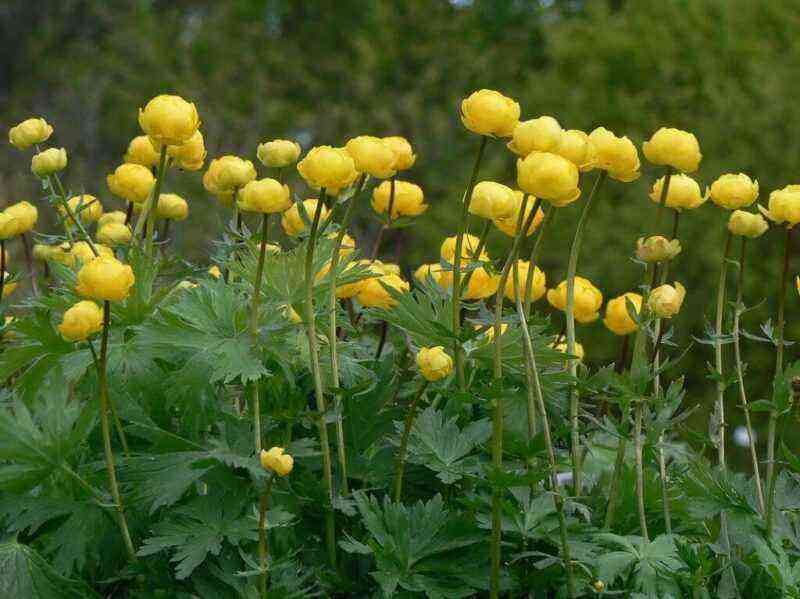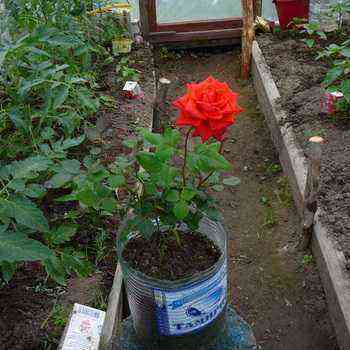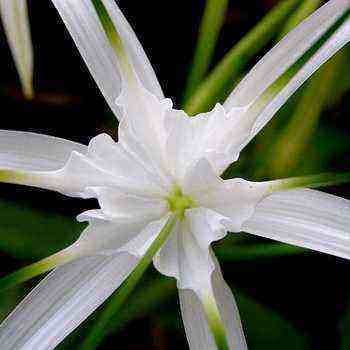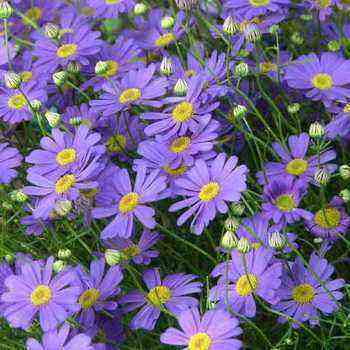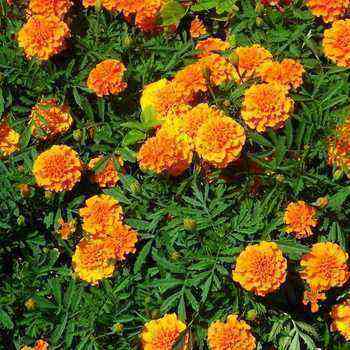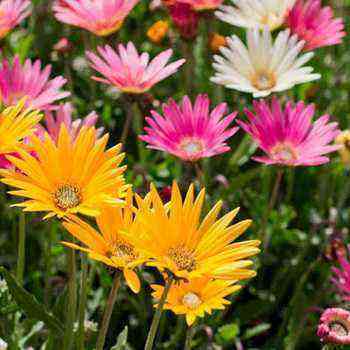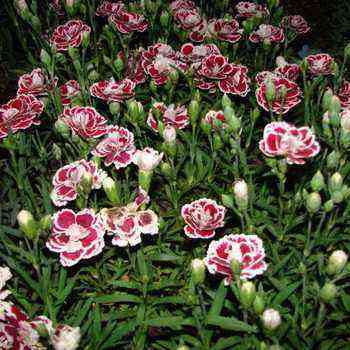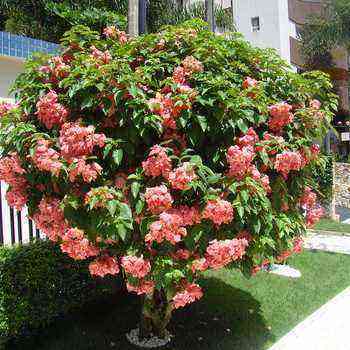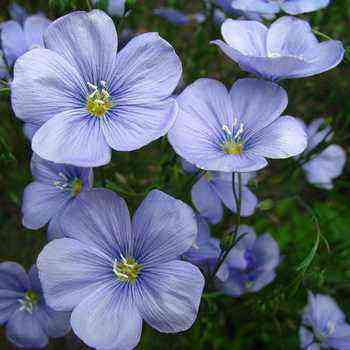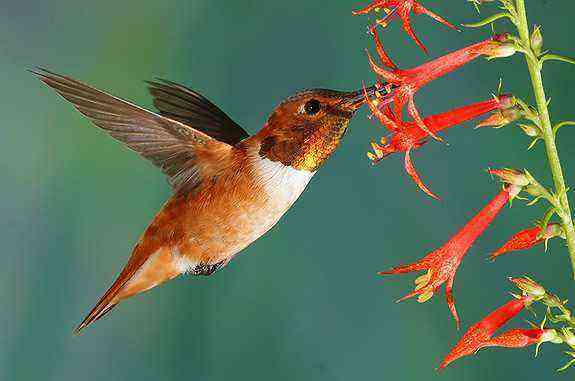
Description of the plant adonis spring
Spring adonis, or adonis (buttercup family), is widespread in nature in Central and Southern Europe, Altai, and Siberia.
According to ancient Greek myth, these flowers were named after the beautiful Adonis – the beloved of the goddess of love Aphrodite. He was mortally wounded while hunting by a wild boar. Seeing the inconsolable grief of the goddess, the lord of the kingdom of shadows Hades began to let Adonis go to the land, where he spent six months, and then returned back to the kingdom of the dead. When Adonis came to earth with the first bright rays of the spring sun, nature came to life, and where he walked, golden yellow flowers bloomed. They have become the personification of nature, joy and love that is resurrected every year.
Below you can see a photo and read a description of the spring adonis growing in the middle lane:
It is a low-growing rhizome perennial, blooming in early spring with golden-yellow flowers 2-3 cm in diameter. Stems are straight, smooth, weakly branched, about 20-30 cm high.
As you can see in the photo, the spring adonis (adonis) has single flowers with “varnish” petals:
Each flower lives for 8-10 days, opening early in the morning and closing in the afternoon. On cloudy days, the flowers may not open at all. When the plant fades, finely dissected filamentous leaves appear. The seeds ripen in June.
Even one plant forms a curtain over time. Adonis reach maximum development by about 40-50 years. By this time, up to 30 large flowers are formed on the plant annually.
Cultivation and application of spring adonis
When growing adonis flowers, you need to take care of well-drained, well-fertilized, sufficiently moist soil. Prefers open, sunny places, but also tolerates partial shade. Watering is necessary in hot weather and top dressing before flowering and in July (for setting flower buds). The plant is winter hardy.
Adonis is propagated by dividing the rhizomes in the spring, after flowering. You can divide the plant no earlier than in 5-7 years. Seed propagation is rather difficult. Seed germination is very low, and seedlings are not hardy, grow slowly and bloom only in the fourth or fifth year.
Grown in rock gardens singly or in small groups. Adonis bushes are especially attractive among crocuses, woods and liverworts.
Spring adonis is not only an ornamental, but also a valuable medicinal plant. The use of spring adonis in folk medicine is recommended for diseases of the heart and kidneys. Adonis preparations were introduced into official medicine at the end of the 19th century. the famous clinician S.P. Botkin. Extracted from the aerial parts of the plant, cardiac glycosides are used for chronic heart failure, cardioneuroses, and in combination with bromine – for increased nervous excitability, insomnia and epilepsy.







